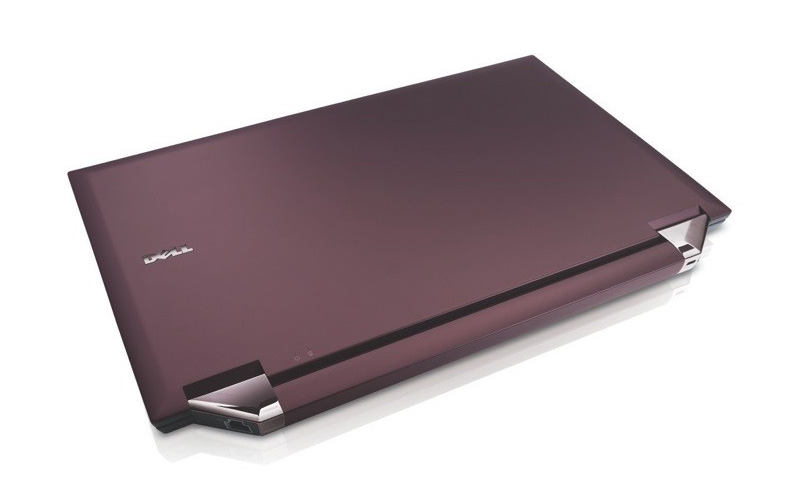
Who says you can’t take it with you? With it’s just-announced Mobile TV DH01 portable video player, Motorola is hoping consumers will latch onto the idea they can take their televisions and recorded programming with them anywhere—plus tap into streamed video.
“The Motorola Mobile TV DH01 is the ultimate personal media player—it allows consumers to enjoy their viewing experience at their convenience,” said Motorola’s VP of mobile TV and applications services Navin Mehta, in a statement. “In other words, the entertainment experience is changing from ‘broadcast time’ to ‘my time.'”
The DH01 portable video player will offer a 4.3-inch LCD display and sport a five-minute memory buffer that will enable users to pause live television while they’re on the go. The player will also support SD/MMC memory cards for playing back recorded video: Motorola says up to 90 minutes of video can be stored on a 256 MB card. (Remember, we’re not talking high-definition here!). The players will operate at 25 frames per second, and Motorola says the DH01 players will offer up to fur hours of video playback on a single battery charge. Motorola also says the DH01 will be able to tap into on-demand video services offered by mobile phone operators.
What sort of TV will the DH01 pull in? There’s the rub: the unit will be equipped with a DVBH receiver. Althouh DVBH has been deployed in a number of Asian and European markets—and is backed by Nokia, among others—it’s essentially unheard-of in the United States, with Crown Castle/Modeo being the only U.S.-based operator that has attempted to roll out the technology. Sorry: U.S. residents will probably have to look elsewhere for tapping into Oprah on the go.


